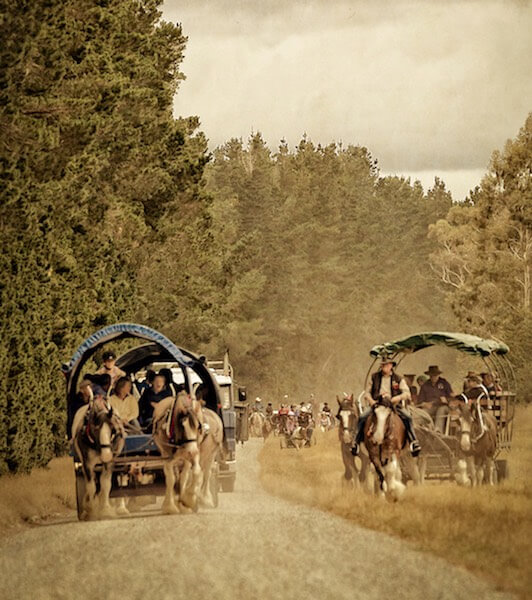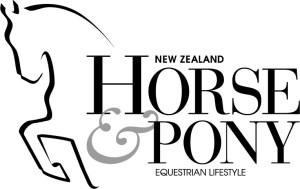
Of the 10,000 New Zealand horses who were sent to the First World War, only four came back.
As Marcus J Wilson wrote in his thesis about the New Zealand war horses: ‘With unquestionable willingness, patience and loyalty they yielded their last traces of energy to honour the duty placed upon them – they deserved a medal but were never given one.”
But a horse-mad community in North Canterbury has put that to rights with an annual memorial service dedicated to the New Zealand WWI military horses, donkeys and mules, held in November.
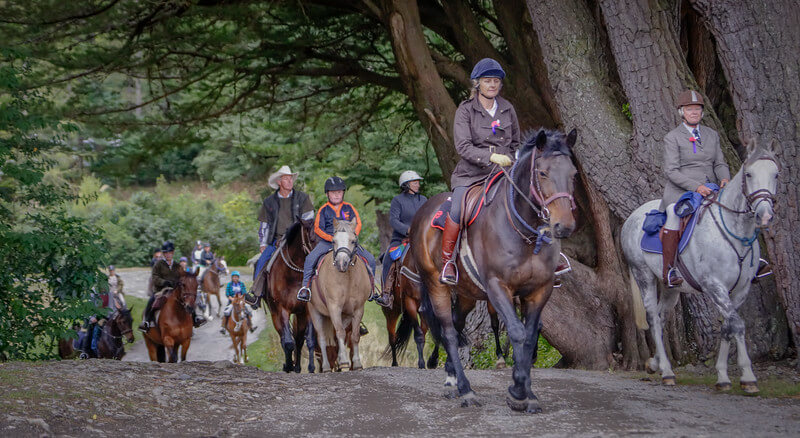
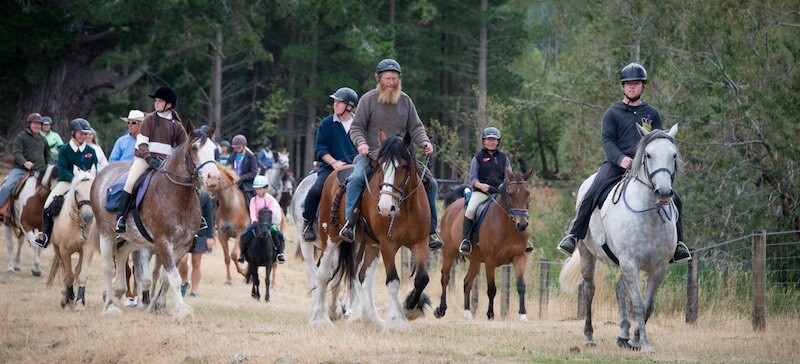
The organisers of this Remember the War Horse believes it is our duty as New Zealanders and horse lovers, to honour the New Zealand war horses. As well as the service, they have organised treks and walks, a garden tour and an art competition.
The trek takes in the Birch Hill Station Cemetery which has a stone memorial wall dedicated to the WWI horses. This monument was officially opened in 1937 by Lieutenant Colonel Edward Bowler Millton. The plaque reads “In Memory of the Horses of the 8th Regiment of the NZMR that died in the Great War 1914 -1918”.
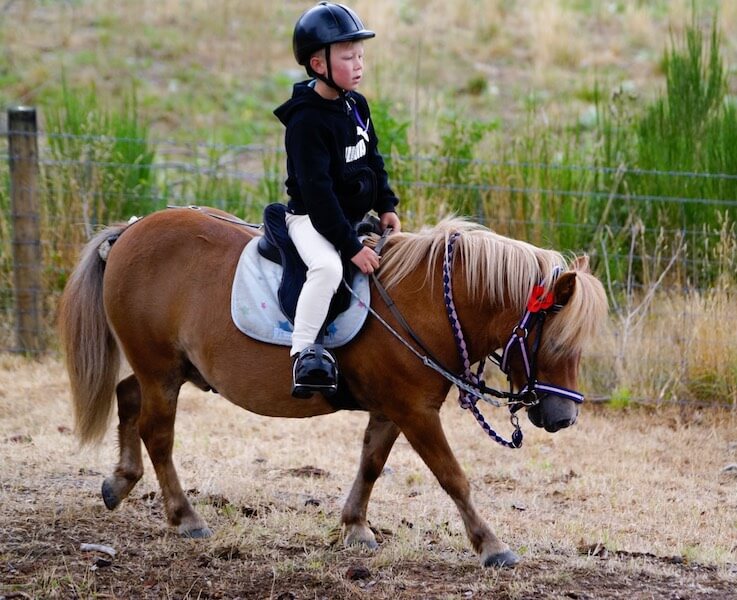
Lest we forget
More than eight million horses died in World War One. Of those, around 10,000 came from New Zealand; between 1914 and 1916 the Government acquired the horses to equip the New Zealand Expeditionary Force. It had no great difficulty securing this many horses of suitable quality, and sadly 9996 of them never returned home.
More than half of the horses were ridden by mounted troops and officers, and around 4000 were draught, heavy draught or packhorses used for artillery and transport purposes.
Many New Zealand horses died from disease or injury once overseas. Of those who survived the war, only four returned home. An acute shortage of transport, and quarantine restrictions related to animal diseases prevalent overseas, prevented most from returning. Instead they were killed, sold or kept for use by the British army.
The New Zealand soldiers did their best to preserve the condition of their horses. Many of the remounts sent in their place came from other countries and were not considered to be of as high quality as New Zealand horses. As AB Moore recalls in The mounted riflemen in Sinai and Palestine, horses thought to be of Argentinean origin didn’t last long with the New Zealanders:
These animals, although apparently in the pink of condition when they arrived he wrote, were soft, of poor heart, and could not stand up to the hardships as the original New Zealand-bred horses had done, with the result that they were evacuated from the active list as fast as they appeared.
Thanks to the New Zealand horses’ quality and endurance, and the efforts of the men and the New Zealand Veterinary Corps, a number of ‘original’ horses were still with their units at the end of the war.
Only four New Zealand horses of the original 10,000 sent to war, made it home, Beauty, Bess, Nigger and Dolly. The horses were repatriated from France to England in March 1919 and subjected to 12 months’ quarantine. They arrived back in New Zealand in July 1920.
